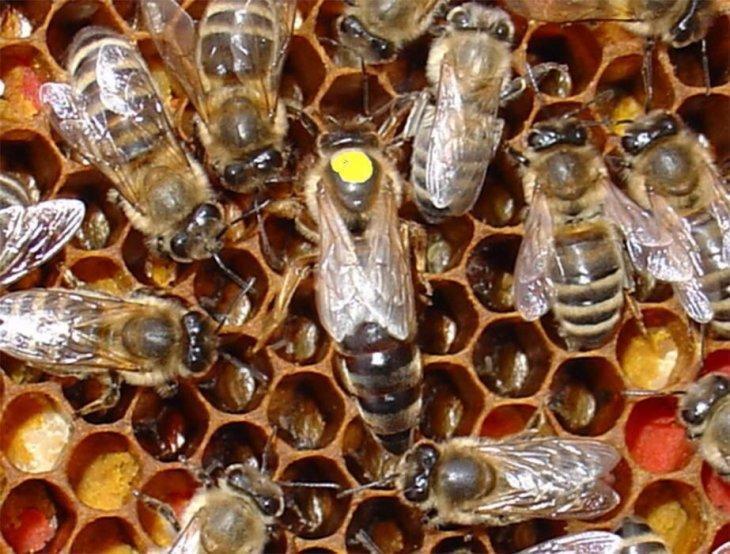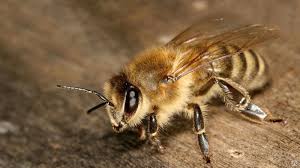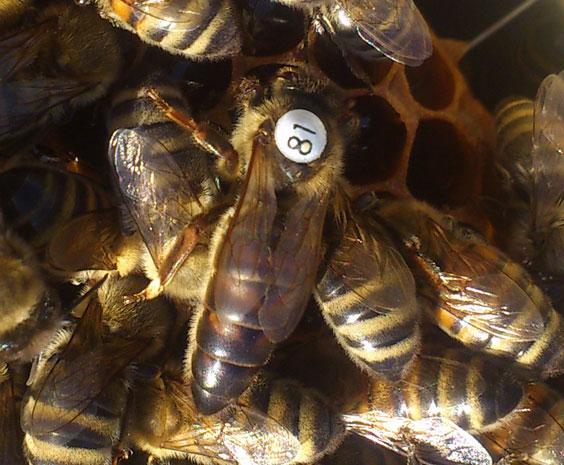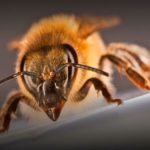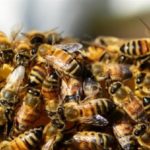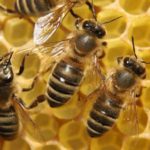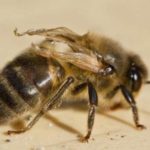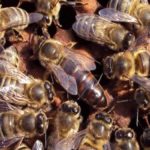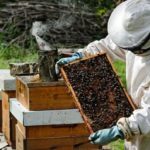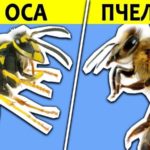For a beekeeper, the question of choosing a breed for breeding is fundamental, since insects will have to adapt to life in specific natural conditions. The Karnika bee breed of the Troyzek 1075 line is very popular among beekeepers. Because insects are highly productive during the honey harvest period and are distinguished by their peaceful nature.
Characteristics and description of the breed
Thanks to the efforts of German breeders, one of the oldest lines of bees, the Karnika, was bred. The insects are distinguished by their silver-gray color and long proboscis.The main features of the breed: gradual development of the family (the peak occurs in June-July), nests sometimes occupy an average of 2-3 buildings.
Beekeepers note that insects most often overwinter in large families, while the queen stops scarring late (sometimes in November). This process depends on the air temperature (blackening stops as soon as the air temperature drops below 0° C). Bees are slightly swarming.
Advantages and disadvantages
When choosing a breed, it is important for beekeepers to evaluate its advantages and disadvantages. The main advantages of insects from the Karnika Troyzek 1075 line:
- profitability - thanks to rational consumption of feed in winter, bees emerge from wintering in good working condition;
- high honey productivity;
- bees are excellent “builders” - even with a weak bribe, insects are able to rebuild several frames during the season;
- low tendency to swarm. It is noteworthy that it is not difficult to remove insects from swarming using standard techniques;
- lack of aggressiveness. The beekeeper can safely inspect colonies even without a face net or smoker;
- tolerate winter well and are characterized by calm behavior during transportation;
- maintaining performance in adverse weather;
- insects promptly switch from poor honey plants to better ones;
- insects most often calmly accept new queens.
Among the minuses, it is necessary to note the tendency of bees to overwinter in weak families (6-7 frames); in case of strong honey flow, insects are able to fill their nests with honey.
Disease resistance
A distinctive feature of insects of the carnika line is the ability to independently expel wax moths and varroa mites from hives.Bees exhibit disease resistance, but can sometimes be affected by paralysis, nosematosis or acarapidosis.
Paralysis is a dangerous infectious disease. The disease occurs when a bee colony is heavily infested with varroa mites. Both bees and larvae at different stages of development suffer from the damage. If treatment is not started in a timely manner, mass death of individuals occurs. It should be taken into account that the disease is difficult to treat and more attention should be paid to preventive measures (periodically disinfect hives and free frames, ensure free placement of hives in the apiary).
Nosema occurs when bee organisms are infected by the parasite Nosema and can lead to the death of not only bees, but also queens. The disease occurs in regions with long winters, and the characteristic symptom is severe diarrhea. Prevention measures: maintaining a constant temperature and humidity in the hives within 75-80%, using medicinal feeding.
Productivity and honey yield
One of the advantages of the Karnika Troyzek 1075 breed is its high productivity. As soon as favorable weather sets in, the initial productivity of insects is 30-32 kg. During the season, one family can bring 50-75 kg of honey.
It is noteworthy that bees of this breed can be bred in areas with different sets of honey plants. At the same time, working individuals maintain productivity both on small bribes with forbs and on strong honey collections.
Wintering
In order for insects to overwinter safely, it is necessary to create certain conditions for them: provide plenty of high-quality food and properly insulate the hives. The easiest way is to move the hives for the winter to a special room - a winter hut (a closed, unheated building).
It is recommended to check the hives 2-3 times a month, but you need to take into account that December-January is the dormant period for insects. The monthly honey requirement for a family is 750-900 grams. In February, bees become active, so it is advisable to organize weekly monitoring.
Beekeepers prefer the Karnika breed for its cleanliness of insects, calmness, restlessness and high honey collection rates. When arranging an apiary, you need to take into account the terrain and climatic nuances.

